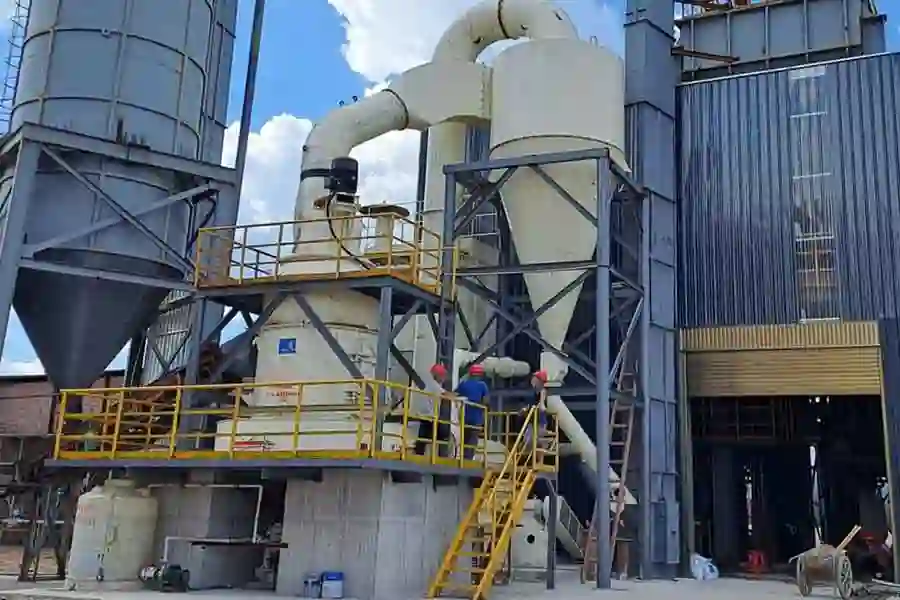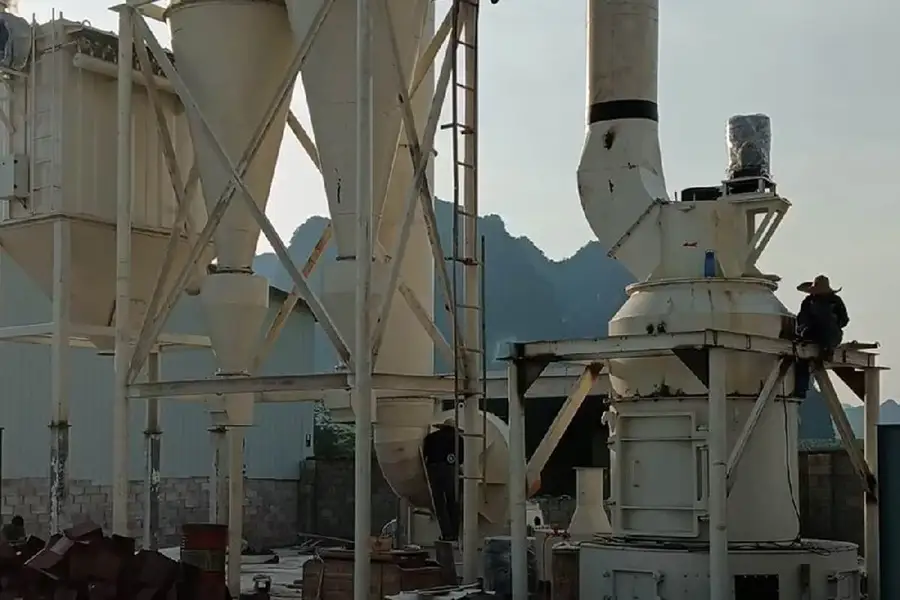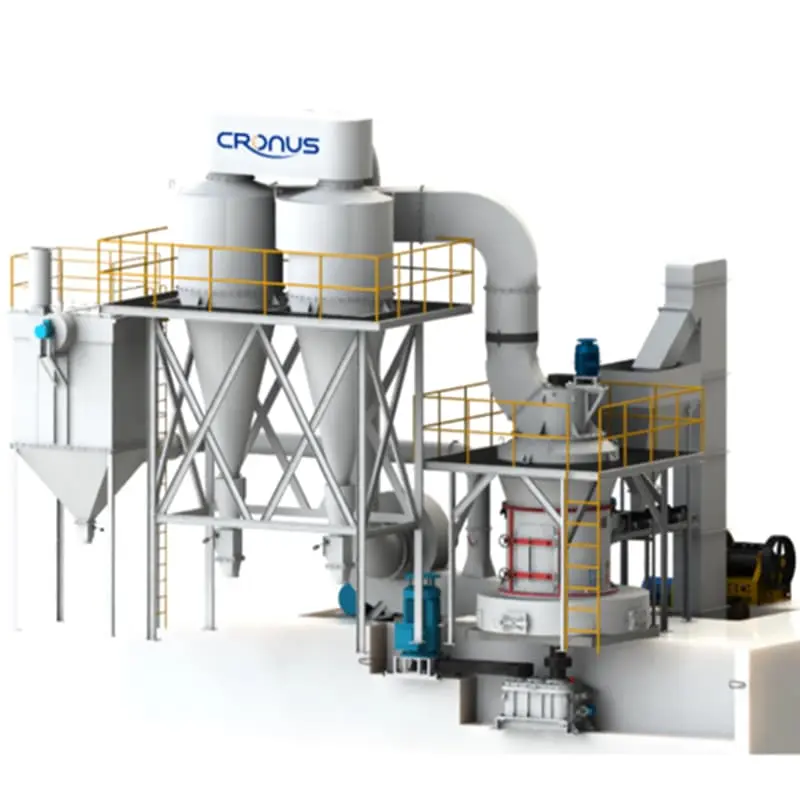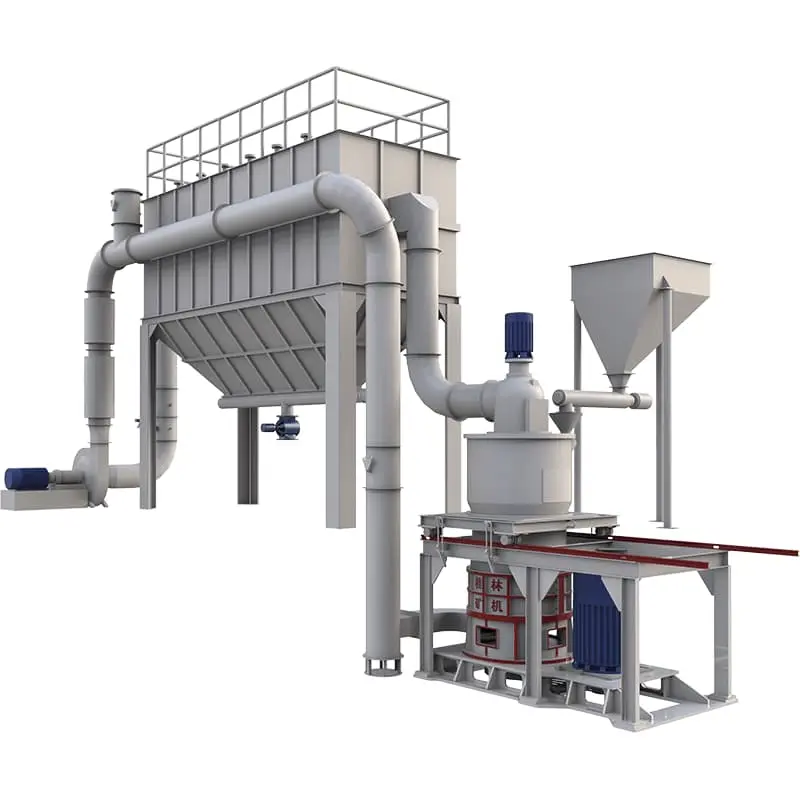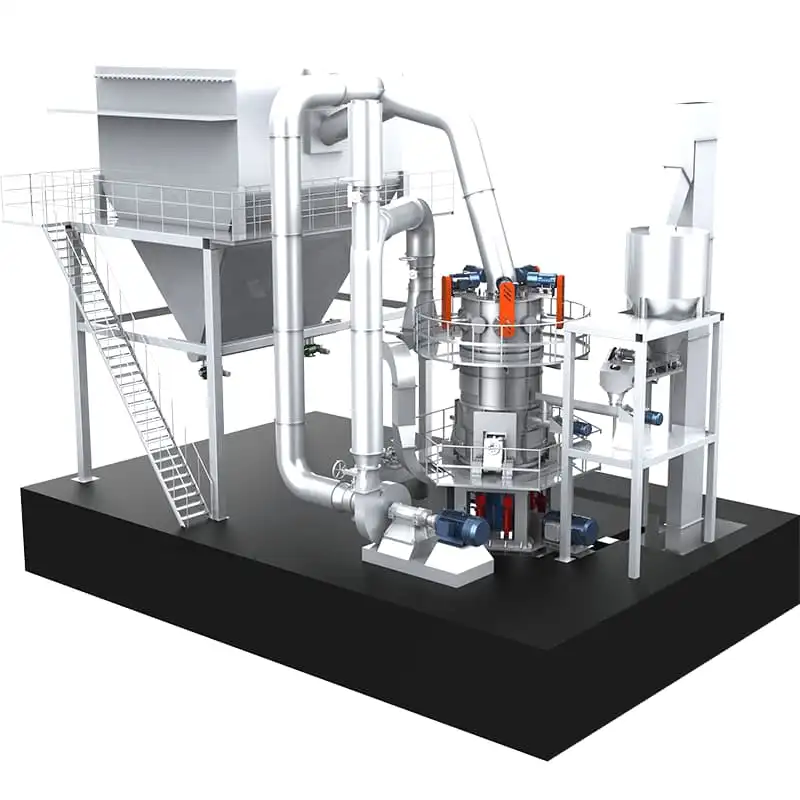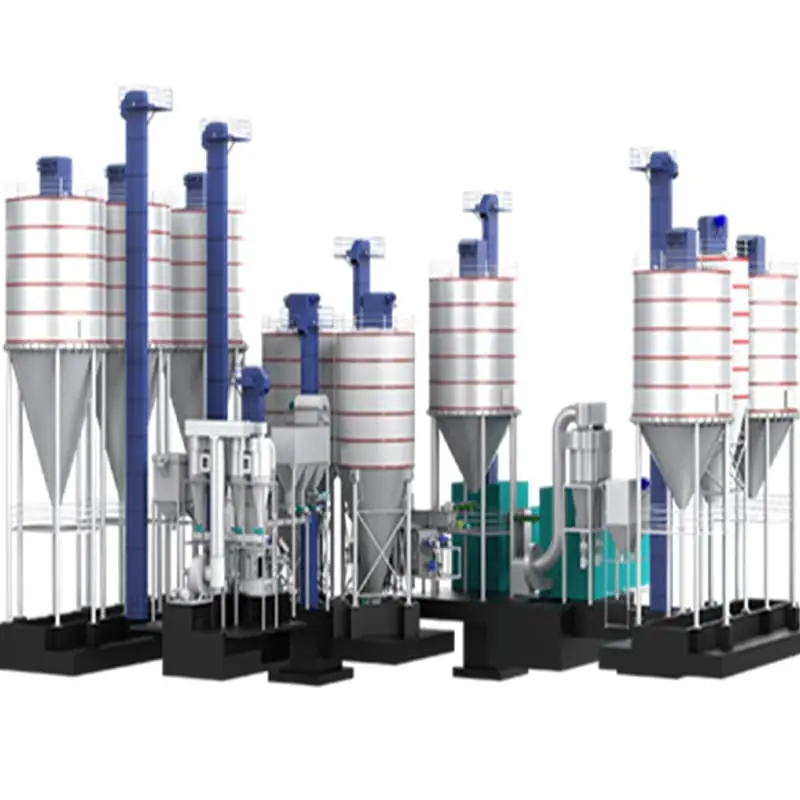- Vertical grinding mill processes calcium carbonate
- Vertical grinding mill processes talc
- Vertical grinding mills process barite
- Ultrafine grinding mill processes iron oxide red
- Mongolian mill processing siderite
- Raymond mill processing blast furnace slag
Telephone:
+86-18290113988 (whatsapp) Kase
+86-13248239223 (whatsapp) Cecilia
+86-17317879223 (whatsapp) Fandi
+86-19921225405 (whatsapp) Luna
Email:sales@shcronus.com
Raymond mill processing brucite

- Publication time:2025-08-05
- Click:13
What is brucite?
Brucite has a Mohs hardness of 2.5 and belongs to the soft minerals. It is prone to over - grinding during grinding, so the pressure of the grinding roller needs to be controlled at a medium level. Its layered structure makes the ground powder easily in the form of flaky particles, and the classifier can accurately control the particle size. Brucite is thermally sensitive, and the processing temperature needs to be controlled at ≤200℃. The temperature of the hot - air furnace should be strictly monitored. It has strong hygroscopicity, so moisture - proof measures need to be strengthened in the drying and powder - collecting processes, such as installing dehumidifiers and packaging the powder in a sealed manner.
For powder used as a flame retardant, the mesh number should reach over 325, the purity should be ≥90%, the whiteness should be ≥85, and the content of impurities such as iron and manganese should be strictly controlled.
For chemical fillers, 200 - mesh is sufficient. The uniformity of particle - size distribution (D90≤80μm) is crucial, and the whiteness should be ≥90.
For environmental protection adsorbents, the specific surface area should be ≥15m²/g. It is recommended to re - process the ground powder by an air - flow mill to over 600 - mesh after grinding and carry out surface modification.
Advantages of Raymond Mill in Processing Brucite
The Raymond Mill performs outstandingly in producing 80 - 400 - mesh fine powder of brucite. In terms of output and energy consumption, it has optimized its internal structure and grinding process. The hourly powder output can reach 1 - 2 times that of a traditional mill with the same power, and the energy consumption is lower. In terms of noise, it adopts advanced noise - reduction technology to reduce the working noise. It has good environmental - protection performance. In the powder - collecting process, a combination of a pulse dust collector and a cyclone separator is used, and the dust - removal efficiency is over 99.9%. It is equipped with a PLC control system, which can accurately adjust various parameters of the mill to meet the needs of different fields.
Process of Processing Brucite with Raymond Mill
Pretreatment stage: The jaw crusher crushes large - block raw ore to ≤30mm. If the moisture content of the raw ore is >5%, it needs to be dried to ≤2% by a hot - air furnace.
Grinding stage: The elevator feeds the materials into the main unit of the Raymond Mill, and the grinding roller crushes the materials by centrifugal rolling.
Classification stage: The classifier adjusts the rotation speed to screen the particle size. Coarse powder falls back for re - grinding, and qualified fine powder enters the collection system.
Collection stage: In the powder - collecting and packaging stage, the cyclone separator and the pulse dust collector cooperate to collect the powder. The recovery rate is ≥98%. The finished product is subjected to iron - removal and screening, and then packaged in a sealed manner with moisture - proof measures throughout the process.
Key Points of Processing Brucite with Raymond Mill
Parameter optimization: Set the grinding - roller pressure at a medium level and adjust it dynamically according to the output (2 - 15t/h). The rotation speed of the classifier is 500 - 1500r/min, which should be matched with the air volume. For example, for a flame retardant with 325 - mesh requirement, the rotation speed should be ≥1200r/min. The feed particle size should be ≤30mm. Over - coarse particles are likely to block the feed inlet. The hot - air temperature should be ≤200℃, which is monitored by a temperature sensor. The air volume is 80 - 120m³/min. A medium air volume ensures the effective separation of coarse powder.
Equipment selection: For a processing capacity of 2 - 8t/h, select the 4R3216 type with 3 grinding rollers, covering an area of about 50㎡. For a processing capacity of 8 - 15t/h, select the 5R4121 type with 5 grinding rollers, equipped with a high - power fan and classifier. For special configurations, a temperature sensor and a humidity detector can be installed. In humid areas, a dehumidifier can be configured. In scenarios with high - purity requirements, an iron - removal device can be selected.
Fine processing: The demand for ultra - refinement of brucite in the flame - retardant field is increasing, with the target fineness ≤30μm. A combined process of "coarse grinding by Raymond Mill + ultra - fine grinding by air - flow mill" can be adopted, combined with surface - coating technology. For example, stearic - acid modification can improve the dispersibility and flame - retardant effect of the powder in polymer materials.
Summary
The Raymond Mill has outstanding advantages in processing brucite. Select the 4R or 5R Raymond Mill according to the output for equipment selection. Install an iron - removal device in high - purity scenarios. For ultra - fine processing, combine with an air - flow mill + surface modification (such as stearic - acid coating) to improve the performance of the flame retardant.
- Previous:没有了!
- Last:Raymond mill processing sepiolite
向下滚动页面显示"置顶"按钮...


